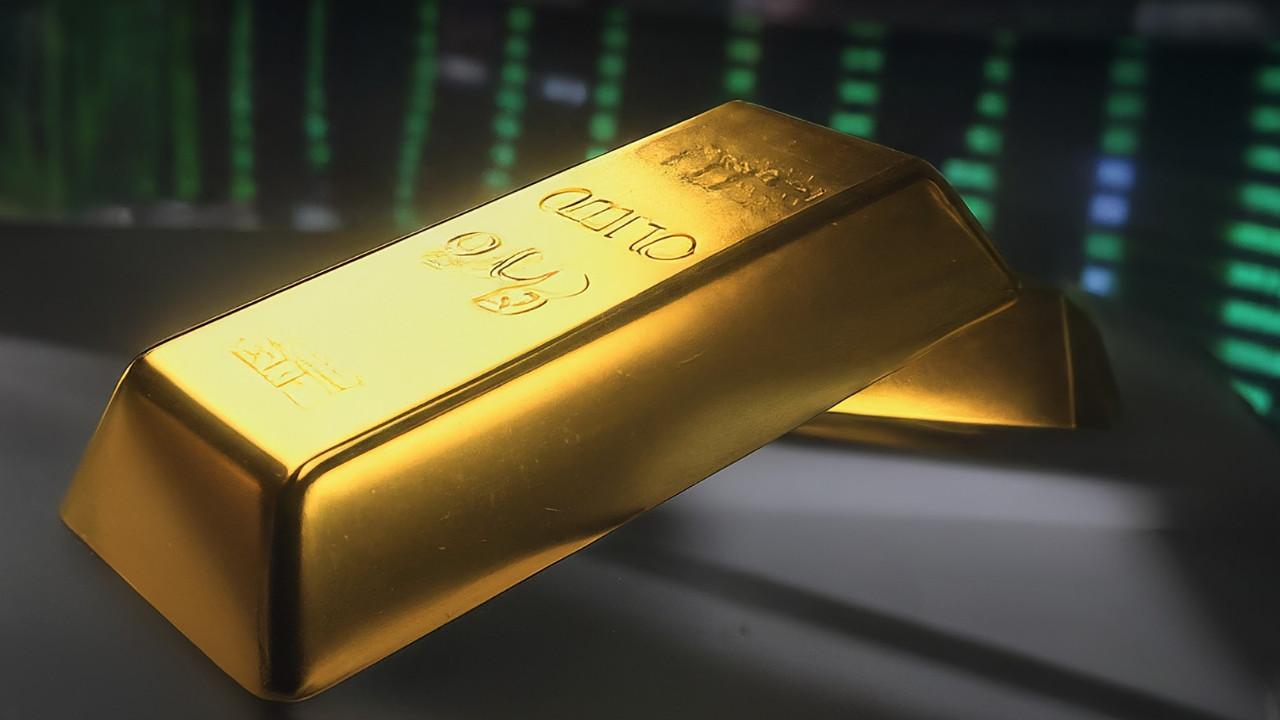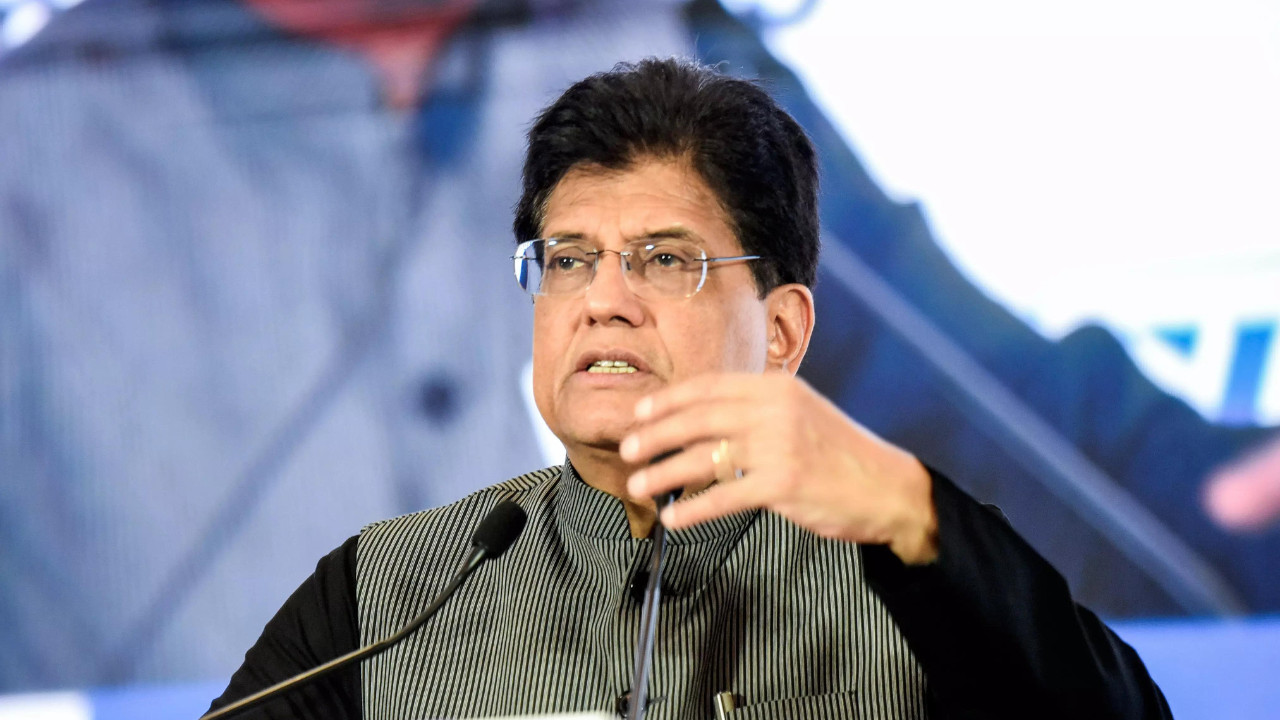Gold prices tumbled for a second week, impacted by a stronger dollar, easing global tensions, and the US Federal Reserve’s cautious stance on interest rate cuts. This dented demand for safe-haven assets, leading to significant profit-booking and a sharp correction in both domestic and international markets. Silver, however, showed resilience.
Navigating the Golden Maze: What’s Next for Gold Prices?
The world of precious metals can feel like a high-stakes poker game. Fortunes are won and lost on whispers and hunches, and deciphering the signals can be incredibly complex. Lately, the spotlight has been shining intensely on gold, a safe-haven asset that’s seen its fair share of turbulence. What’s driving these fluctuations, and where might we be headed?
For the second consecutive week, gold prices have experienced a dip. This isn’t exactly a freefall, but it’s enough to make investors pause and reassess their strategies. What’s causing this wobble in the usually steady golden ship? The strength of the US dollar is a major factor. A stronger dollar makes gold, which is typically priced in dollars, more expensive for buyers holding other currencies, thus dampening demand.
But it’s not just the dollar flexing its muscles. The US Federal Reserve’s cautious approach to interest rate cuts is also playing a significant role. The Fed’s hints about keeping rates higher for longer have a ripple effect. Higher interest rates typically make bonds and other interest-bearing investments more attractive compared to non-yielding assets like gold, leading investors to potentially shift their funds elsewhere.

Silver’s Balancing Act
While gold is feeling the pressure, its shinier cousin, silver, is telling a slightly different story. After experiencing some wild swings, silver managed to inch its way up. This could be attributed to silver’s dual role – not just as a precious metal, but also as an industrial metal used in various applications, from electronics to solar panels. Industrial demand can provide a buffer when investment demand falters. The contrasting fortunes of gold and silver highlights the nuanced dynamics within the precious metals market.
Decoding the Fed’s Signals
The Federal Reserve’s stance is pivotal. The market is hanging on every word, trying to predict the timing and magnitude of future rate cuts. The initial expectation of aggressive rate cuts earlier in the year has been tempered by persistent inflation and a resilient US economy. This recalibration of expectations is sending shockwaves through various markets, and gold is no exception. The Fed’s caution is not necessarily a sign of weakness in the economy, but rather a commitment to ensuring price stability. This commitment, while intended to foster long-term economic health, creates short-term uncertainty for assets like gold. It’s a delicate balancing act, and the market’s interpretation of the Fed’s actions will continue to drive price movements.
Impact on Indian Markets
For Indian consumers, the fluctuations in global gold prices translate directly to changes in local markets. The weaker rupee against the dollar can offset some of the decline in international gold prices, but ultimately, Indian gold buyers are also subject to the whims of global market forces. This can influence demand during key periods like the wedding season or festivals, where gold purchases are traditionally high. Consumers looking to invest in gold, whether through physical gold, gold ETFs, or sovereign gold bonds, need to keep a close watch on these trends.
Beyond the Headlines: A Broader Perspective
Zooming out, it’s crucial to remember that the gold prices are influenced by a multitude of factors beyond interest rates and dollar strength. Geopolitical tensions, global economic uncertainty, and even supply-demand dynamics in the mining industry can all play a significant role. Considering these broad factors provides a more comprehensive understanding of the market and its potential trajectory.
For instance, increased geopolitical risk tends to drive investors towards safe-haven assets like gold, regardless of interest rate movements. Similarly, a slowdown in global economic growth can also boost gold demand as investors seek shelter from market volatility. These factors operate on different time scales and with varying degrees of influence, making forecasting extremely challenging.
Interested in learning more about investing in precious metals? Check out our guide on [diversifying your investment portfolio](internal-link-to-portfolio-guide).
The Road Ahead for Gold
Predicting the future of gold prices with certainty is impossible. However, by carefully analyzing the prevailing trends and understanding the key drivers, we can make informed assessments. The strength of the US dollar, the Federal Reserve’s monetary policy, and the overall global economic outlook will continue to be the dominant forces shaping the gold prices. While short-term volatility is likely to persist, gold’s long-term role as a store of value remains intact. Investors should carefully consider their risk tolerance and investment horizon before making any decisions related to gold. The golden maze might be complex, but with careful navigation, it can still lead to valuable opportunities.







